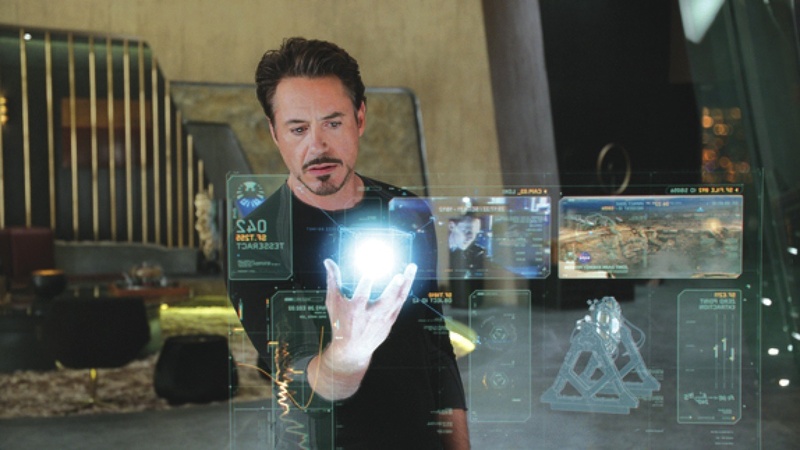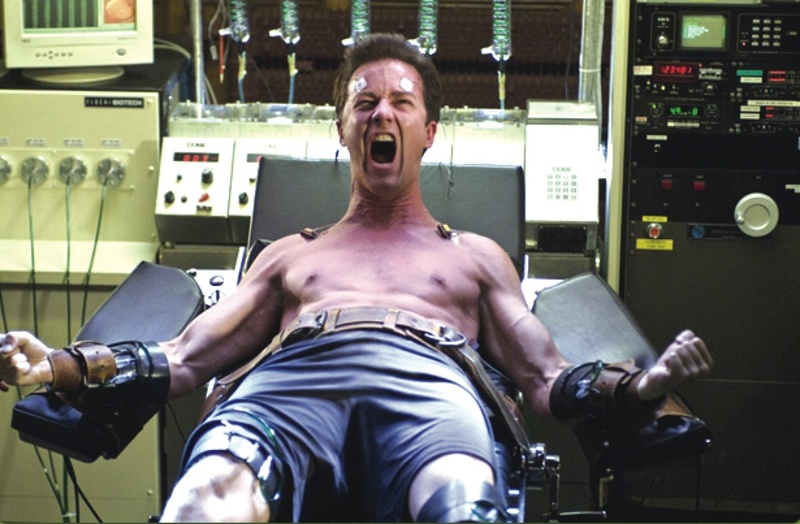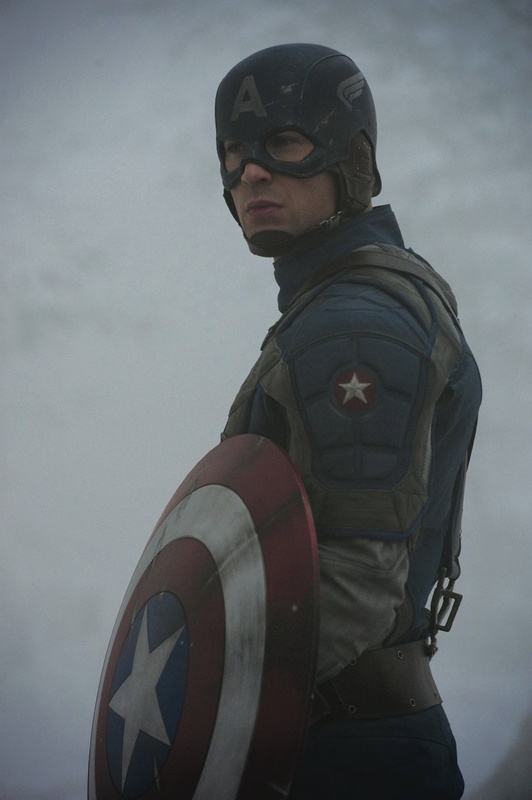When “The Avengers” movie opens on Friday, it will mark a unique approach to establishing a film franchise: Make big-budget marquee films over a period of years with separate casts but with the intent of having the main characters come together into one movie later on.
And as an added touch, weave a plot thread — in this case, the forming of a team — throughout all five films, sprinkling secondary characters and cameo appearances throughout to heighten the effect.
Here’s a quick recap of the films that have led up to “The Avengers.” (SPOILER ALERT: If you haven’t seen the movies but intend on doing so, read ahead at your own peril — or, as Thor would say, “Shield thine eyes!”)
“Iron Man” (2008): Tony Stark is a brilliant scientist/inventor. He’s also a billionaire playboy, a risk-taker and a bit of a jerk. While in Afghanistan demonstrating his company’s latest high-tech weapon, he’s mortally wounded and kidnapped by insurgents, who want him to build a similar weapon for them. But he builds a suit of armor instead that not only saves his life and allows him to escape, it’s a one-man weapon complete with pulsar blasts, a near-impregnable hide and flight capability. (Comic book rule No. 1: The bad guys are always over-confident, allowing the heroes to do stuff on the sly.)
Naturally, it’s not long before the government wants to get their hands on the armor, and Stark has to battle his own company’s evil CEO, who’s built a suit for himself. At the end, Nick Fury, head of a super-secret spy organization named S.H.I.E.L.D., tells Starks about something called “The Avengers Initiative.”
“The Incredible Hulk” (2008): Dr. Bruce Banner is a genius scientist/inventor who’s tasked by the government with recreating the super-soldier formula that resulted in Captain America. (See below.) He tests the formula on himself, and is transformed into the super-strong but short-on-intellect Hulk, trashing the place and earning the ire of Gen. Thaddeus “Thunderbolt” Ross. (Comic book rule No. 2: Experimenting on yourself always results in something bad.)
Banner goes on the run but is hunted by Ross, who uses another variation of the formula on an assassin — who eventually becomes more of a menace than the Hulk. Hulk smash! At the end, Ross is drinking in a bar when Stark approaches him and tells him about a superhero team that’s being put together.
“Iron Man 2” (2010): Iron Man is now a world celebrity, but he’s still a jerk, and an alcoholic to boot. He’s also being slowly poisoned by the thing in his chest that’s been keeping him alive since Afghanistan. Disgusted by Stark’s drunken use of the Iron Man armor at a party, friend Jim “Rhodey” Rhodes, a colonial in the U.S. Army, takes Stark’s War Machine armor and turns it over to the military.
Meanwhile, the son of a former partner in Stark Enterprises who was booted from the company for, you know, being evil, decides to build his own suit (with whips!) and take revenge on Stark. The bad guy is arrested but freed on the sly by Stark’s nemesis, Justin Hammer, who wants him to build an Iron Man-type suit for him. The bad guy turns on Hammer and builds robots to kill everybody, and has to be taken down by Stark and Rhodes. (Comic book rule No. 3: Never hire a supervillain. Ever.) At the end, S.H.I.E.L.D. comes upon a strange-looking hammer in the desert belong to
“Thor” (2011): The Norse god of thunder is an arrogant bully stripped of his powers and banished to Earth by the all-father Odin after starting a war with some frost giants on another world. Thor retains his memories, though, and sets about getting his hammer back — which, unbeknownst to him, has had a spell placed on it by Odin so that only “whosoever is worthy” may lift it. He’s still an arrogant bully, though, so he can’t lift it.
Meanwhile, Thor’s evil brother Loki learns that he’s really a frost giant’s son, usurps Odin’s throne in Asgard, and sends the Destroyer (a giant spiky robot) to Earth to kill Thor. The thunder god sacrifices himself to save a town from the Destroyer, thus proving him “worthy” once more. At the end, Thor returns to Asgard and we see Loki attempting to trick Nick Fury, though we know not why.
“Captain America” (2011): Steve Rogers is the epitome of a 98-pound weakling who is so sickly, the Army won’t let him enlist in the infantry during World War II. He volunteers to be injected with an experimental “Super Soldier” formula, which transforms him into a mean, lean fighting machine. Unfortunately, a Nazi spy kills the formula’s inventor, who apparently forgot to write anything down, because now the formula’s lost.
Rogers is outfitted as Captain America and travels the country selling war bonds. While performing at a USO show in Germany, he goes AWOL to rescue some GIs — including his friend, James “Bucky” Barnes — who have been kidnapped by the Nazis. Having saved the day, Cap is put on the front lines in pursuit of the Red Skull, an SS commander who took an experimental version of the Super Soldier formula. (See comic book rule No. 2.) Bucky falls to his death while pursuing the Skull, and Cap crash-lands a plane full of doomsday bombs headed to the States into a remote mountain region, presumably dying in the process.
At the end, Captain America is found alive but in a state of suspended animation. He wakes up in New York after being asleep for 70 years, and is approached by Nick Fury, who breaks the news to him. At the end, Fury asks Cap’s help in saving the world.
Deputy Managing Editor Rod Harmon may be contacted at 791-6450 or at:
rharmon@pressherald.com
Twitter: RHarmonPPH
Send questions/comments to the editors.





Success. Please wait for the page to reload. If the page does not reload within 5 seconds, please refresh the page.
Enter your email and password to access comments.
Hi, to comment on stories you must . This profile is in addition to your subscription and website login.
Already have a commenting profile? .
Invalid username/password.
Please check your email to confirm and complete your registration.
Only subscribers are eligible to post comments. Please subscribe or login first for digital access. Here’s why.
Use the form below to reset your password. When you've submitted your account email, we will send an email with a reset code.